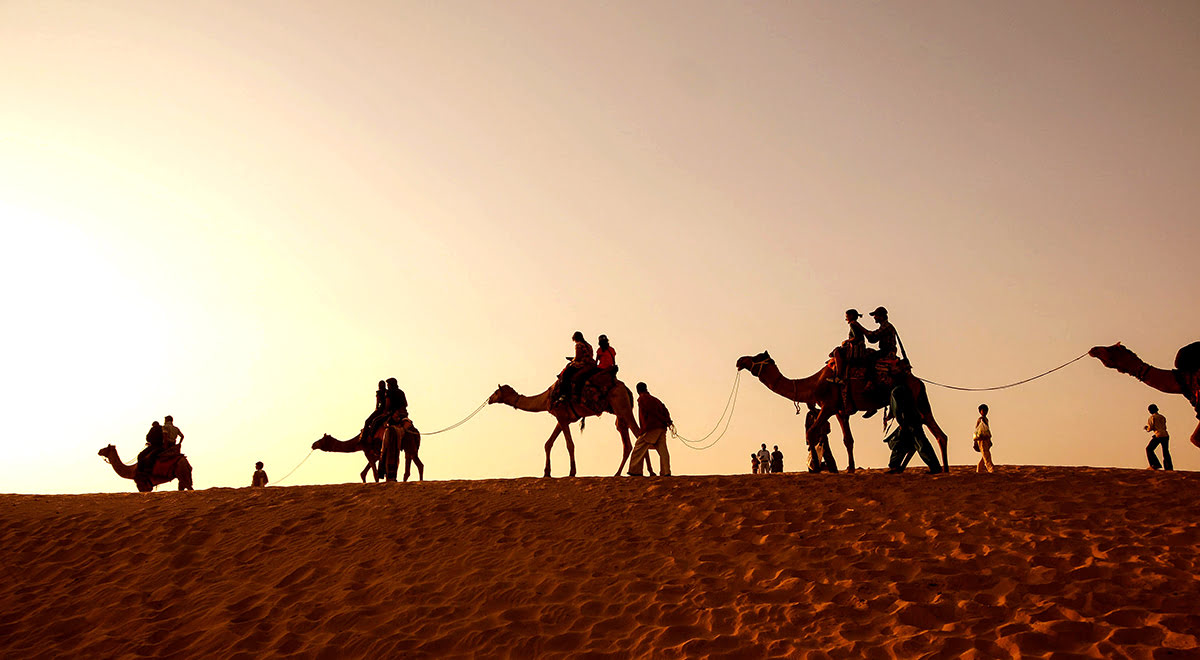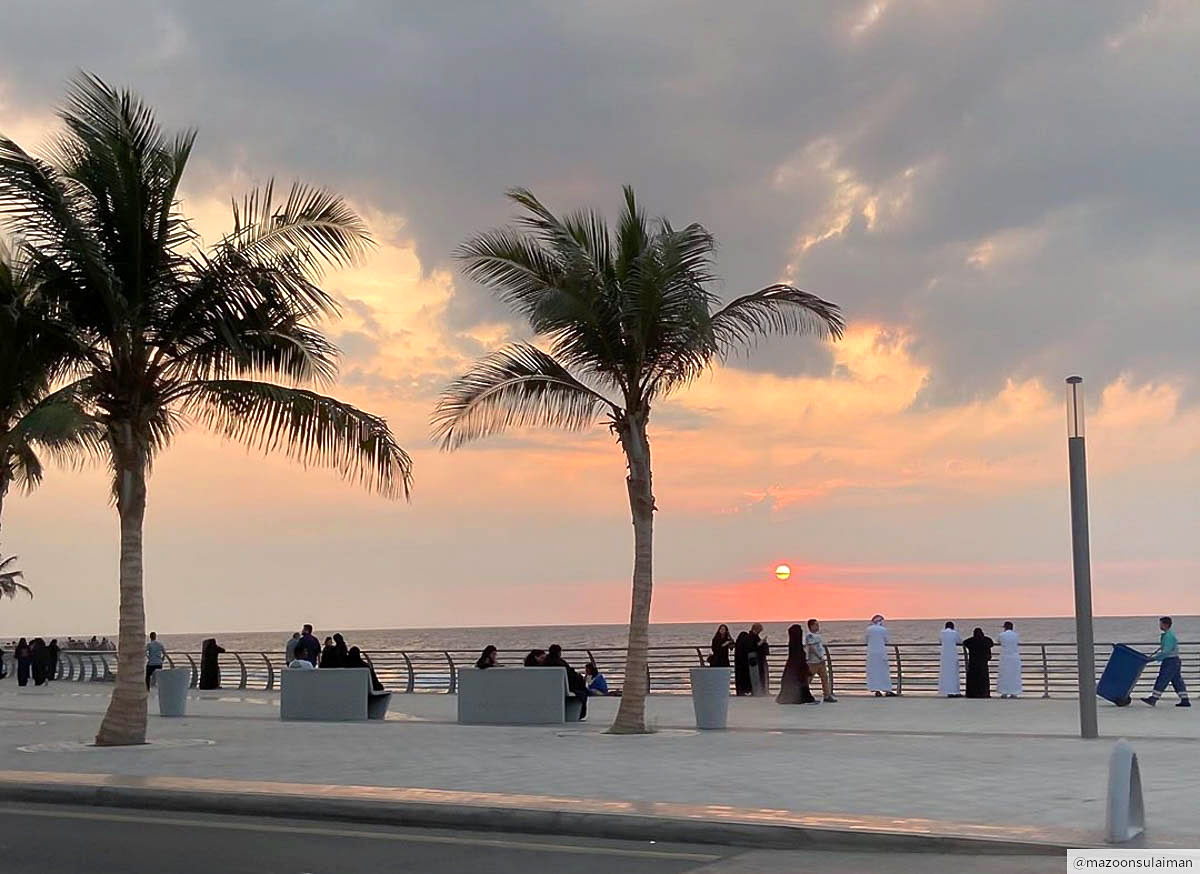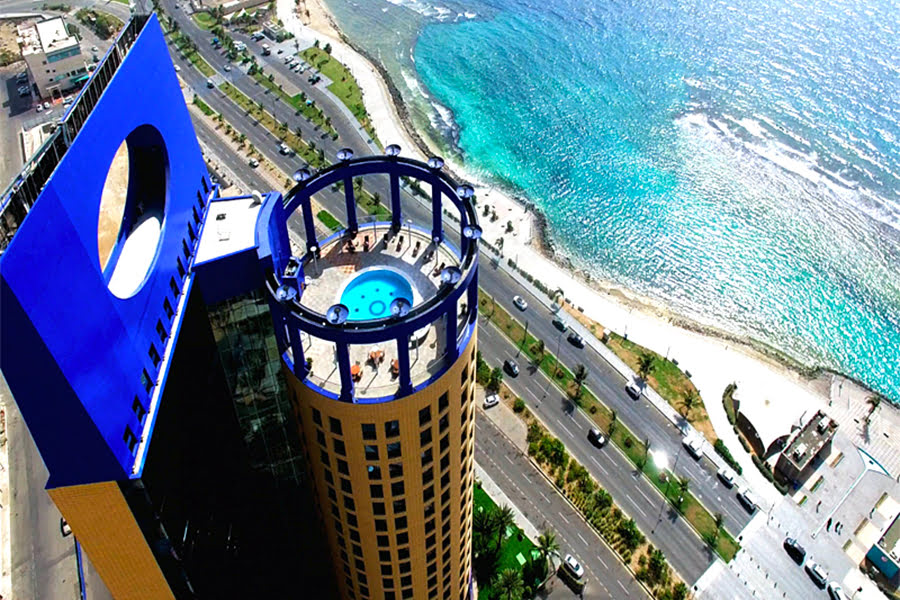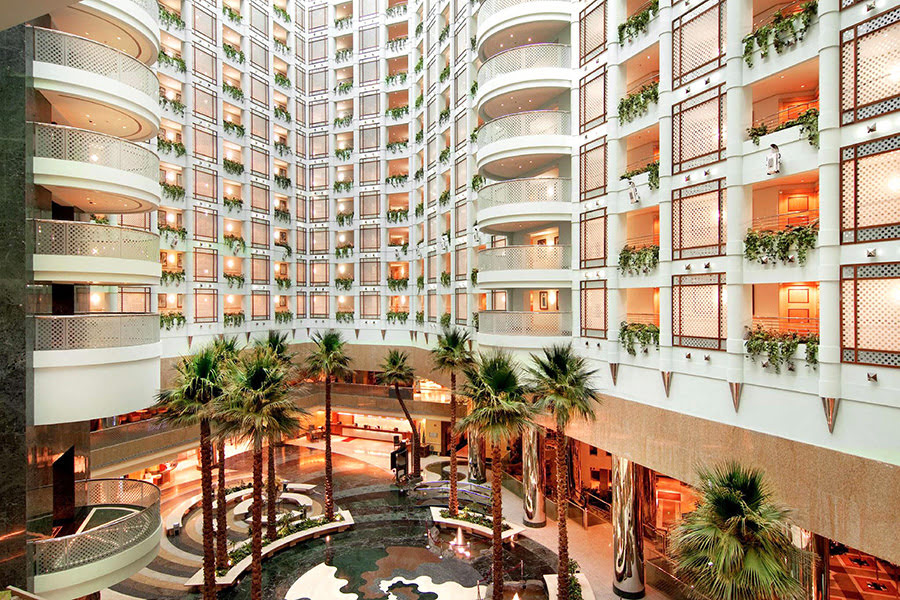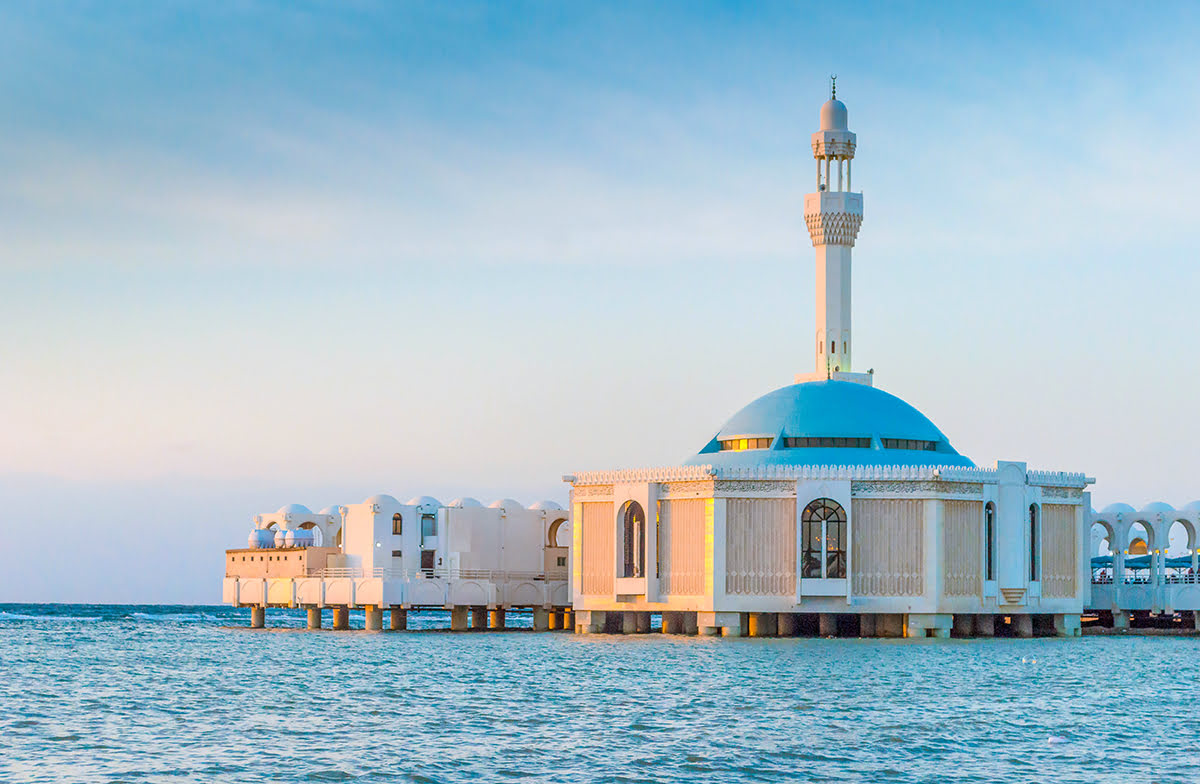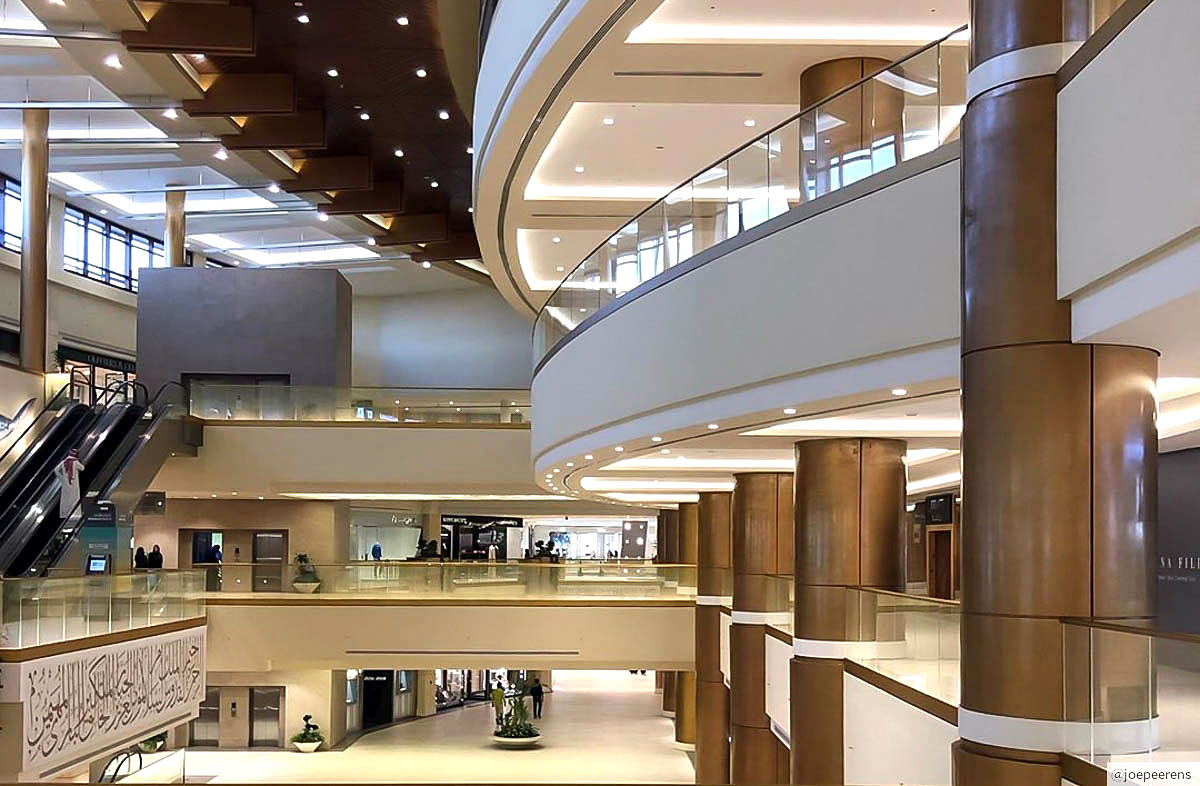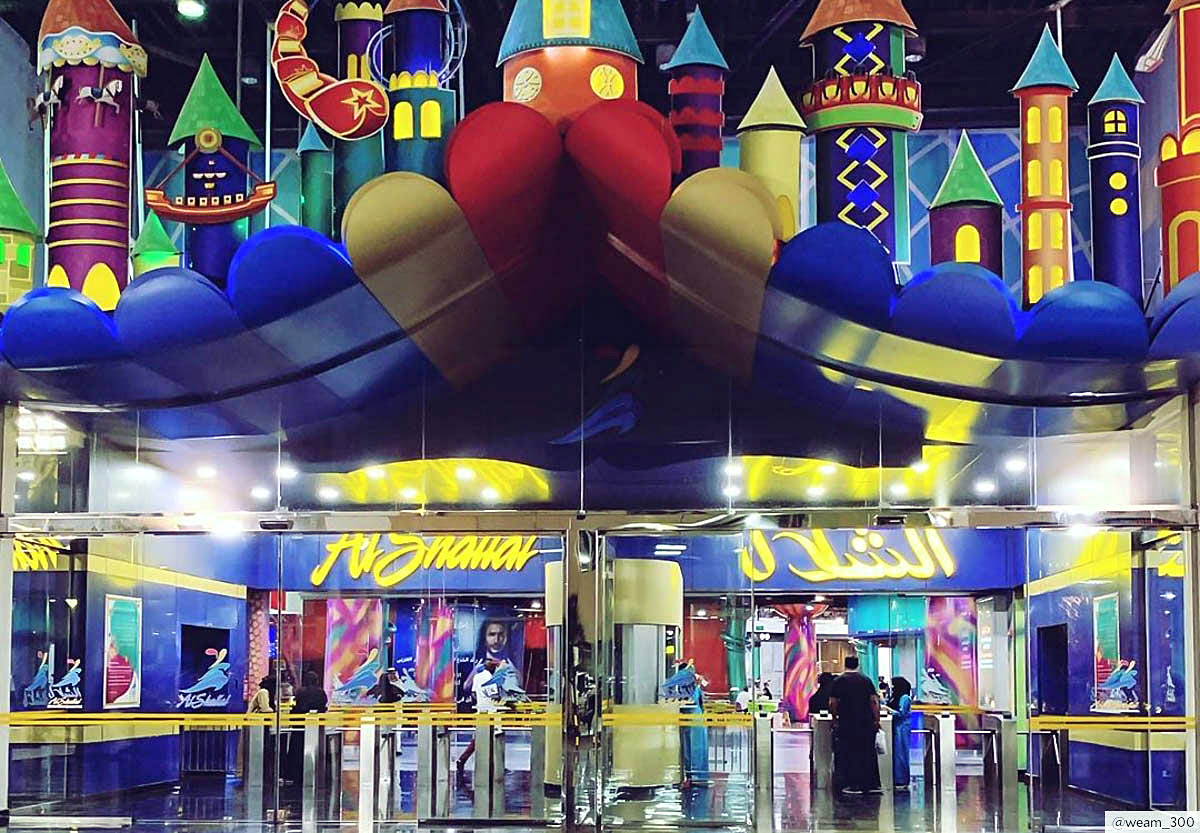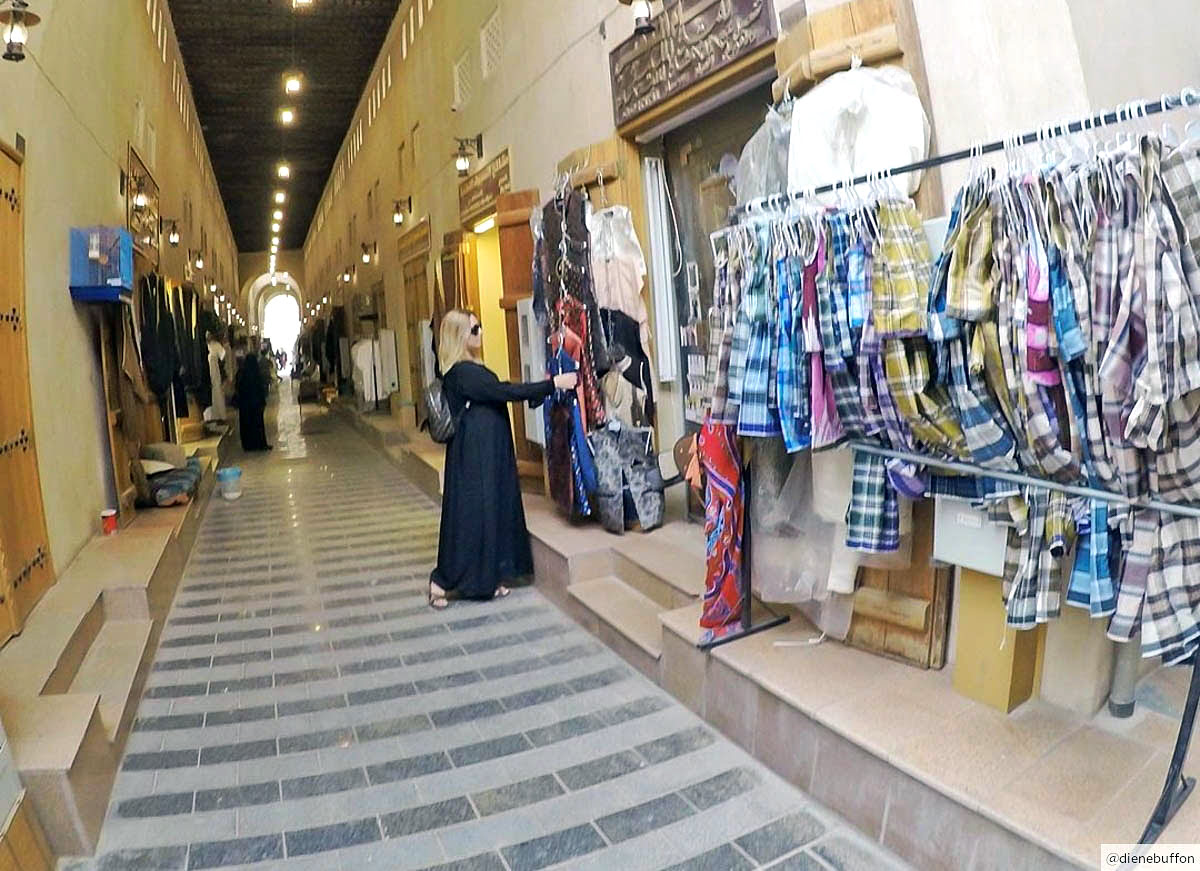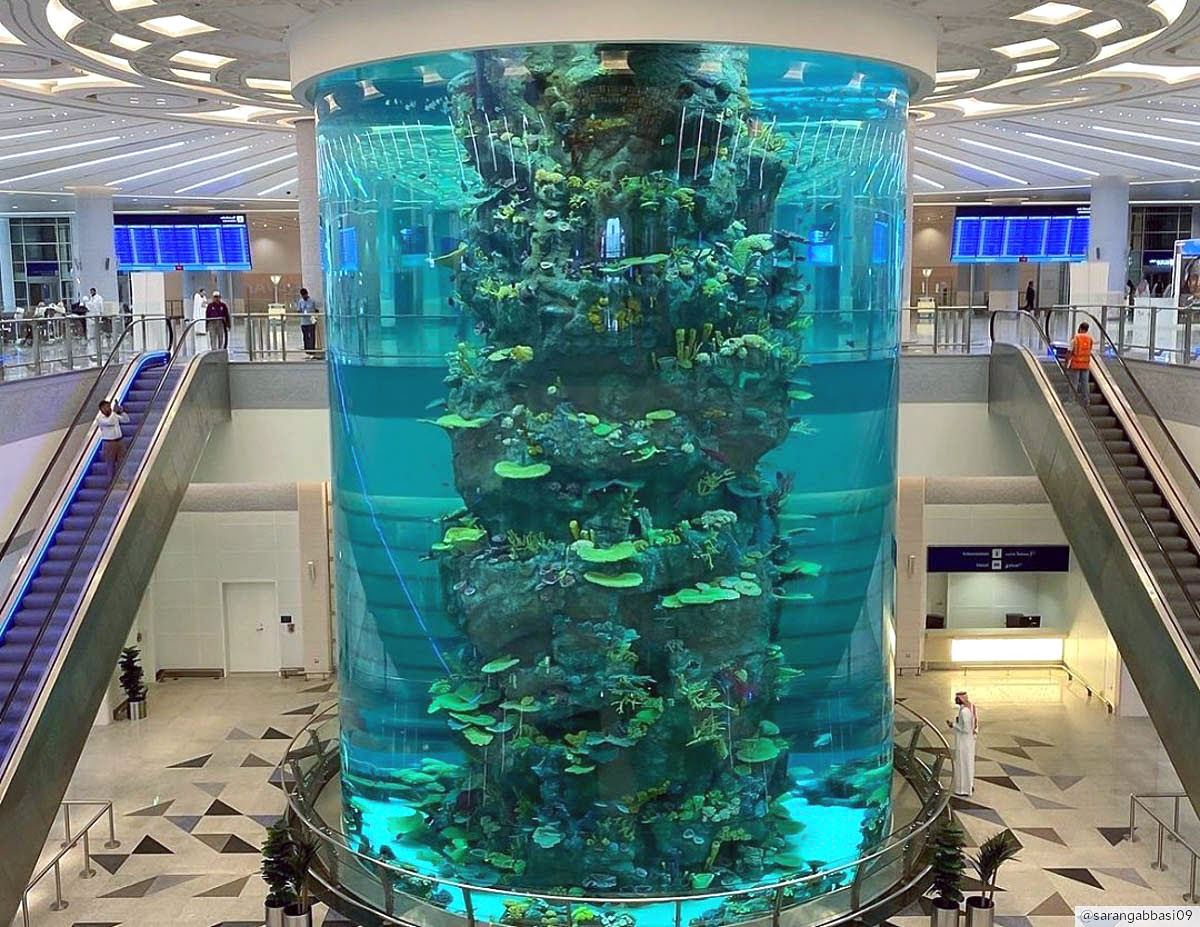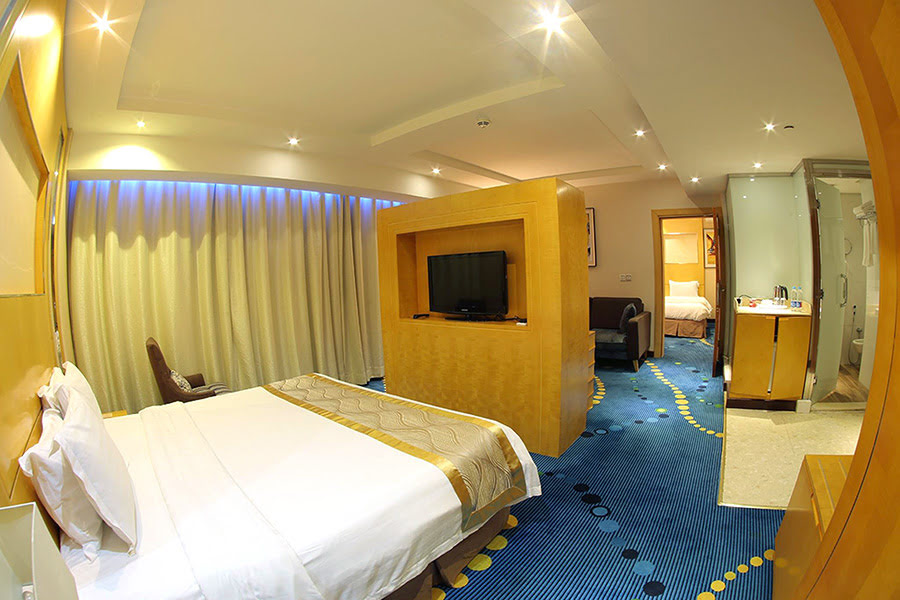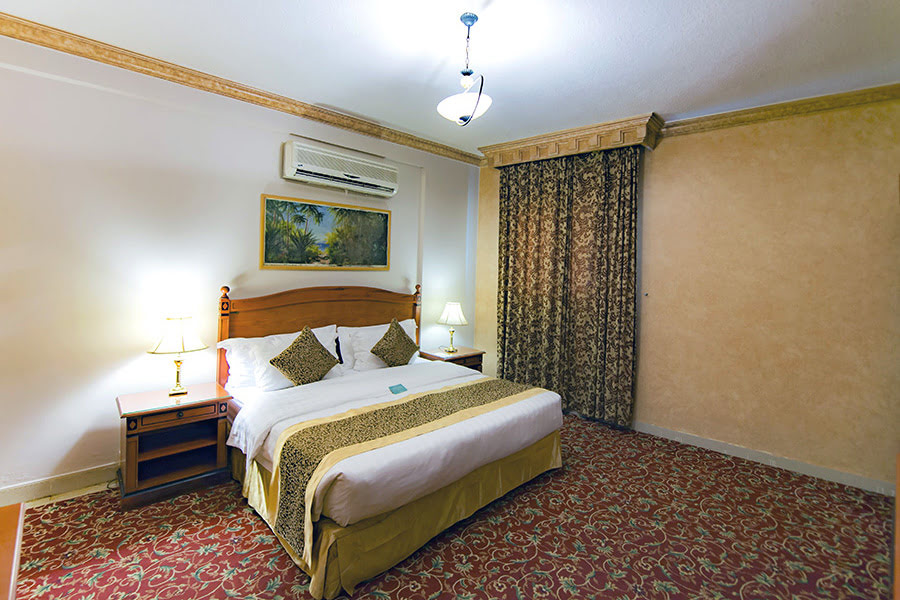Travel to Saudi Arabia | Tips & Things to Know Before a Trip to KSA

Now that tourist visas are available to citizens in 49 countries, travel to Saudi Arabia is more exciting than ever. Tourists can now spend up to 90 days at a time in the Kingdom, but even shorter itineraries allow visitors to discover Saudi Arabi’s rich culture, diverse landscapes and incredible attractions. While any visit to the Middle East is thrilling, it can also look different than sightseeing in European, Asian or American countries. Just remember, embracing Saudi traditions and culture is part of the adventure!
Travel to Saudi Arabia | Tourist visas
Tourists visas (eVisas) to Saudi Arabia are now available to citizens in 49 countries. Tourists can check eligibility and apply for a visa online at the visa.visitsaudi website. The new tourist visas grant one-year, multiple-entry visits and allow tourists to spend up to 90 days at a time in the Kingdom. All tourists must hold a passport that is valid for at least six months.
Travel to Saudi Arabia | Travel insurance
It’s a good idea to purchase travel insurance when traveling to Saudi Arabia because healthcare for foreigners can get a little pricey. Some airlines offer certain types of low-cost medical insurance for healthcare emergencies, and travel companies can recommend credible and affordable companies that provide international travel insurance. Travelers should check online for reputable options.
Travel to Saudi Arabia | Language
Saudi Arabians speak Arabic, which is the official language of the Kingdom, but tourists who don’t know any Arabic should not feel too intimidated. Many Saudi’s speak English, or at least enough English that makes communication easier. Most road signs are written in both Arabic and English, making getting around for foreigners possible. English-speaking visitors probably can get by in Saudi Arabia without knowing any Arabic phrases, but knowing a few key words and phrases can score lots of brownie points with locals.
Arabic words & phrases that are good to know
- Hello and goodbye – assalamu alaykom
- Yes – na am
- No – la or kalla
- I want a taxi – ureed sayaratt ujra
- I want to get to [location] – ureed an azhab ila [location]
- Thank you – shukran
- Thank you very much – shukran jazeelan
- Welcome or you’re welcome – ahlan wa sahlan or hayak
- Can I take a photo? – momken asawwar
- Excuse me – afwan
Travel to Saudi Arabia | Dress codes
Dress codes in Saudi Arabia can seem a bit intimidating for visitors from countries with more relaxed fashions, but tourists should remember that dressing a little differently for a few days is part of the adventure in Saudi Arabia! Besides, laws are loosening, so dress codes are less strict than in years past when women were required by law to wear abayas (full-length dresses or robes) in public.
Recently, however, the laws for female fashions were modified. Women (including foreign women) in the Kingdom are now allowed a little more freedom. Though women are still required to “dress respectfully,” meaning they still must cover their shoulders, arms and legs, they now can do so in a more stylish fashion. Many Saudi women still wear traditional abayas and cover their hair with a niqab, or head covering, but some women are taking advantage of the new laws and are making public appearances in more colorful abayas and more casual dresses.
Foreign women visiting the Kingdom should adhere to these dress codes as well, and even though it might feel different at first, you’ll appreciate not sticking out like an uninformed tourist when sightseeing in Saudi Arabia. Foreign women should wear loose-fitting clothes that cover their shoulders and knees. Tight jeans and t-shirts that reveal a woman’s curves and shorts or short skirts above the knees are no-nos. Women should keep in mind, however, that there are advantages to dressing like a local in Saudi Arabia: long sleeves offer protection from the sun, and flowing, lightweight skirts are perfect for catching cool desert breezes.
For men, fashions are a little more relaxed. Most Saudi men wear a long, white robe, called a thobe (sometimes spelled thawb), and a ghutrah (head scarf), but male foreigners are not required to go out in traditional dress. Instead, men should wear loose-fitting, modest clothing. Wearing shorts, however, should be avoided.
Travel tip – visitors to the Kingdom are expected to follow dress codes in public places. Police can approach visitors and ask them to change clothing or leave an area due to dress code violations. However, many hotels and private beaches allow tourists (and locals) to dress more casually. Most private beaches allow women to wear bikinis, but wearing a one-piece swimsuit is recommended.
Check In to a beachfront hotel in Jeddah
 Park Hyatt Jeddah Marina Club and Spa
Park Hyatt Jeddah Marina Club and Spa
FIND & BOOK A HOTEL IN JEDDAH TODAY
Travel to Saudi Arabia | Culture & prayer times
As the most religious Muslim country in the world, Saudi Arabia observes prayer time five times a day, from sun-up to sundown. Visitors should never feel nervous about being inside a shop when they hear the athan (call to prayer), as shopkeepers will ask customers politely to leave if they need to close their shops or restaurants for prayer times. It’s helpful for visitors to download an athan app on their phones, as prayer times differ slightly from day to day. (They move up progressively a minute or two every day.)
What to expect during prayer times
During prayer time, most shops and restaurants close, and customers are asked to leave. There are exceptions, however. For instance, if customers are eating inside a restaurant when the athan is sounded, they will be allowed to finish their meals, but if they leave before prayer time is finished, they may be asked to exit through the back door. Supermarkets also are a popular place to get “trapped” during prayer times. If customers make it inside before prayer time starts, they can stay and shop until prayer time is finished. Prayer times last about 30 minutes. A few malls and shops are changing traditions and are staying open during prayer times, but visitors will find that most businesses still observe the local custom of closing.
Tourists will notice, too, that cues at coffee shops get longer just before prayer times. That’s because locals rush to grab drinks which help to pass time during prayers! While it’s handy to know when prayer times are scheduled, it’s not vital, as locals will tip you off with subtle cues – and obvious mannerisms!
Public decency
While dress codes have been relaxed, Saudi Arabia still adheres to public decency laws, and visitors should be aware of those laws before planning a trip to the Kingdom. Anyone violating public decency laws could be fined between 50 and 3,000 SAR.
- Acts of public sexual harassment
- Playing loud music in residential areas
- Playing music during prayer times
- Littering
- Failing to remove pet waste
- Occupying seats designed for people with disabilities
- Bypassing barriers to enter public places
- Wearing improper dress in public, such as underwear or pajamas
- Wearing shirts that display nude pictures
- Wearing shirts that display phrases offending public decency
- Writing and drawing on the walls of public places
- Placing racist stickers on cars
- Distributing ads in public without a license
- Starting fires in authorized places during safaris
- Threatening people verbally or through gestures
- Cutting in line in public venues
- Shining laser pointers into people’s eyes
- Taking people’s pictures without their permission
- Taking pictures of a traffic accident without permission from the parties involved in the accident
Travel to Saudi Arabia | Smoking in KSA
While illegal drugs and alcohol are strictly forbidden in KSA, tobacco is legal. Smoking in public, however, is allowed in designated areas only. Tourists should not light up outside malls, restaurants, educational and sports facilities, and especially not outside of mosques. The same rules apply for smoking shisha.
Travel to Saudi Arabia | Family seating in restaurants
Laws are gradually changing when it comes to segregated seating in Saudi Arabia, but many restaurants still adhere to traditional policies. It’s common to find restaurants with seating areas for families (and all-female groups) on one side and for single men on the other. If seating etiquette is not obvious upon entering a restaurant, foreigners can ask a host to seat them in the proper section.
Check out Agoda’s Saudi Food Guide
Travel to Saudi Arabia | Shopping
Ironically, most department and retail stores have fitting rooms for men only. Women are asked to either take their clothes home or step into a public restroom to try them on. If an outfit does not fit, women can return or exchange it for the correct size at the store. To be fair, men cannot go lingerie shopping without their wives.
Shop ’til you drop! | Top Shopping Spots in Saudi Arabia
Travel to Saudi Arabia | Weekends
In Saudi Arabia, Sunday is the first day of the work week, so weekends are celebrated on Friday and Saturday. Friday is considered a family day throughout the Kingdom, and many families spend the day praying at the mosques and doing activities. For this reason, many shops and restaurants are closed for most of the day on Friday. Some places will open at 2 p.m., but others wait until 4 p.m. before unlocking the doors. Restaurants are the exception to this rule. Some restaurants will open for lunch. Travelers who will be in the Kingdom during a weekend should plan ahead to account for longer lines and heavier traffic.
Plan a trip | Things to See in Saudi Arabia
Travel to Saudi Arabia | Currency
Saudi Arabia’s national currency is the Saudi riyal (SAR). Visitors can exchange local currencies at airports upon arrival, and it is best to bring USD or euros to exchange, as some national currencies are not accepted. Riyals come in notes with denominations of 5, 10, 50, 100 and 500. Coins are issued for denominations of 1 riyal and 2 riyals, and riyals are subdivided into halala, which also are issued as coins in denominations of 50, 25, 10, 5 and 1. ATMs are available at all airports and shopping malls.
Goods and services are taxed 5 percent. Some restaurants and department stores will include the VAT in the price, but others do not. It’s a good idea to ask about the VAT policy before making any large purchases.
Travel to Saudi Arabia | Getting there & getting around in Saudi Arabia
Saudi Arabia is home to several international, regional and domestic airports, so once a visa is secured, it’s easy to get to KSA and hop from region to region. Travelers can book a flight at Agoda.com to any international airport in the Kingdom. Once visitors arrive in KSA, they can get around major cities with taxis and ride-share companies. In addition, Saudi Arabia’s railway system connects several popular regions, including Riyadh and Eastern Province.
International airports in Saudi Arabia
- King Khalid International Airport (RUH) – Riyadh
- King Abdulaziz International Airport (JED) – Jeddah
- King Fahd International Airport (DMM) – Dammam
- Prince Mohammed bin Abdulaziz International Airport (MED) – Madinah
- Prince Abdulmohsin Bin Abdulaziz International Airport (YNB) – Yanbu
- Al-Ahsa International Airport (HOF) – Al Ahsa
Check In to a hotel in Dammam
 Golden Tulip Dammam Corniche Hotel
Golden Tulip Dammam Corniche Hotel
BOOK A FLIGHT TO SAUDI ARABIA TODAY
Travel to Saudi Arabia | Getting around cities
While the capital city of Riyadh works on building a massive metro system, visitors to the city can utilize taxi services and rideshare programs to get around. Travelers can hail taxis on the street (malls and tourist districts are the best places to find them), or they can utilize the Careem or Uber rideshare apps. Careem seems to be the most popular app in the Kingdom, but Uber retains a presence there as well. Both taxis and rideshare companies are affordable in Saudi Arabia, with a 10- or 15-minute ride costing between 20 and 30 riyals (6 to 8 USD). Some taxi drivers will try to negotiate a price, rather than turn on the meter, for customers. Foreigners who are not familiar with the cost of taxi services should always request that the driver turn on the meter.
Travel tip – during emergencies, tourists can call 938 for help.
Car rentals
If you’re confident with driving on the right side of the road in a foreign country, renting a car is a great option. Most airports offer car rentals, and any foreigner with an international driver’s license and a credit card can rent one.
Trains
Many guests to the Kingdom don’t know about the railway system, but Saudi Arabia operates three primary train stations. The Riyadh–Dammam journey makes stops in Riyadh, Abqaiq (Buqayq), Hofuf and Dammam. The North Train serves Riyadh, Al Majmaah, Qassim, Ha’il and Al Jouf, and the Haramain High-Speed Railway operates between Mecca, Jeddah, King Abdullah Economic City and Medina.
Check In to a hotel in Riyadh
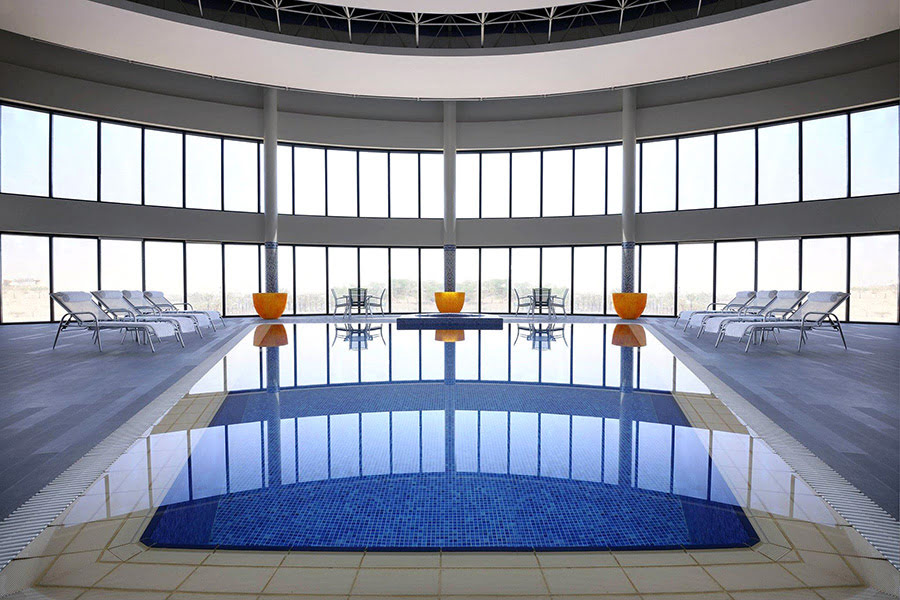 Courtyard Riyadh Diplomatic Quarter
Courtyard Riyadh Diplomatic Quarter
FIND & BOOK A HOTEL IN RIYADH TODAY
Plan an itinerary with the Best Things to Do in Saudi Arabia
You may also like

Embark on a culinary adventure in Orlando! From exquisite fine dining and vibrant food trucks to sustainable eats and lively festivals, discover the flavors that make Orlando a foodie's paradise.
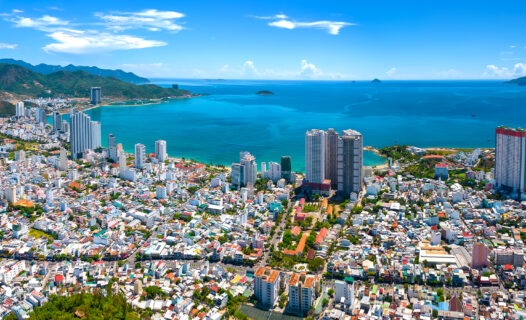
Dive into the ultimate Nha Trang shopping adventure! Explore bustling markets, chic boutiques, eco-friendly finds, and seasonal events in our detailed guide.

Embark on a culinary journey through Macau with our ultimate guide to its fusion flavors. Discover traditional dishes, insider dining tips, and vibrant food festivals that celebrate the best of Macanese cuisine.

Dive into our captivating 3-Day Dalat Itinerary to uncover Vietnam's highlands gem. From serene lakes to historic sites, embrace adventure & relaxation in Dalat.

Embark on a captivating 7-day journey through Sydney, Australia. From iconic landmarks like the Opera House to the serene Blue Mountains and vibrant Darling Harbour, discover the best attractions the Harbour City has to offer.

Embark on a captivating 5-day journey through Istanbul, exploring historic wonders and cultural gems. Discover itineraries filled with majestic palaces, vibrant bazaars, and scenic cruises.

Embark on a delectable journey through Goa's culinary landscape with our comprehensive guide. Discover traditional Goan cuisine's fusion of flavors, from spicy vindaloos to sweet bebinca, and dive into local culture through markets, cooking classes, and sustainable dining.
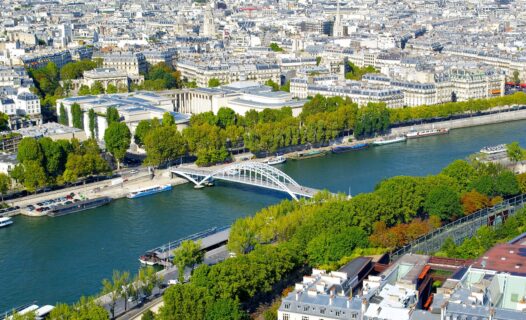
Discover the charm of Paris' arrondissements with our ultimate travel guide. From the historic heart of the city to hidden gems, find the perfect stay for every traveler.
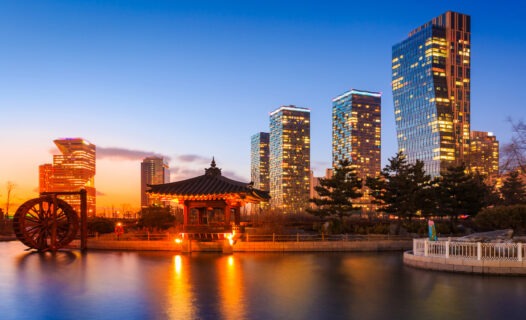
Uncover the best of Incheon in 5 days, from awe-inspiring historic sites to state-of-the-art modern marvels. Indulge in cultural tours, culinary delights, and breathtaking scenery.
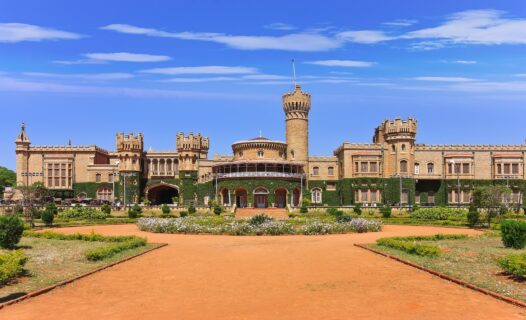
Dive into our 3 Days in Bangalore Itinerary to uncover the best of the Garden City. From royal palaces to tech hubs, enjoy a blend of culture, history, and nature.

Dive into our exclusive 7-Day Krabi Itinerary on Agoda’s Travel Guide. Discover pristine beaches, lush jungles, and cultural treasures in Thailand's paradise.

Embark on an extraordinary weekend getaway in Yilan with our curated itinerary. Discover lush landscapes, soak in natural hot springs, and indulge in local culinary delights.
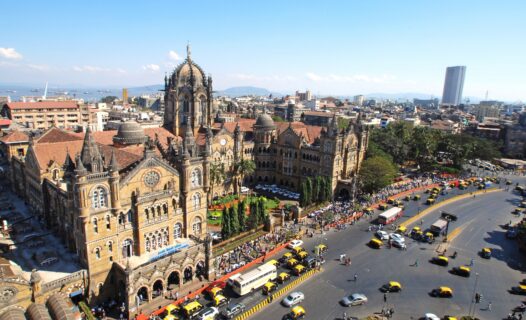
Dive into Mumbai's vibrant culture, history, and flavors with our detailed 3-day itinerary. Discover iconic landmarks, hidden gems, and culinary delights.

Embark on a 7-day journey through Hua Hin/Cha-am with our expertly crafted itinerary. Discover pristine beaches, royal palaces, and hidden gems.
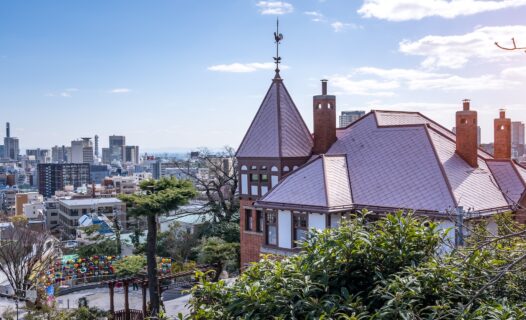
Embark on a captivating 3-day journey through Kobe, Japan. From historical landmarks to scenic beauty, discover the best of Kobe.
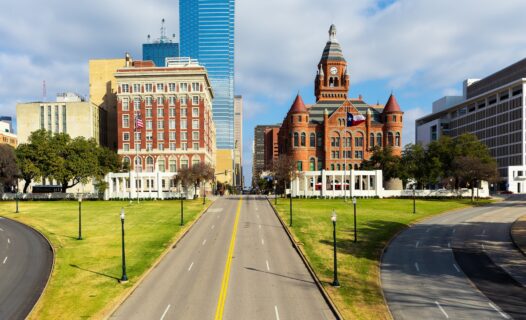
Uncover the best of Dallas with our exclusive 3-day itinerary. From iconic landmarks to hidden gems, discover why Dallas, TX, is a must-visit destination.

Discover the best of Hat Yai with our 5-day itinerary. From bustling markets to serene temples, experience the hidden gems of Southern Thailand.

Dive into our 5-day Nha Trang itinerary designed for adventure seekers! From island-hopping to scuba diving and cultural wonders, discover the best of Nha Trang with our expert guide.
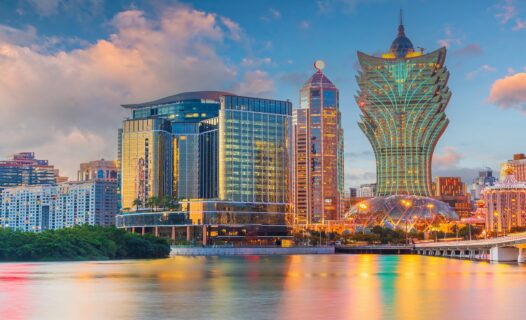
Dive into our engaging 3-Day Macau Itinerary to uncover the vibrant mix of history, culture, and exhilaration in Asia's Vegas.

Dive into Ipoh's culinary paradise with our 3-day food lover's guide! Discover the best eats, hidden cafes, and cultural delights in Malaysia's gastronomic haven.

Unveil the magic of Orlando with our exclusive weekend getaway itinerary! From thrilling theme parks to serene gardens and vibrant nightlife, discover top attractions and local hidden gems.

Now that tourist visas are available to citizens in 49 countries, travel to Saudi Arabia is more exciting than ever. Tourists can now spend up to 90 days at a time in the Kingdom, but even shorter itineraries allow visitors to discover Saudi Arabi’s rich culture, diverse landscapes and incredible attractions. While any visit to the Middle East is thrilling, it can also look different than sightseeing in European, Asian or American countries. Just remember, embracing Saudi traditions and culture is part of the adventure!
Travel to Saudi Arabia | Tourist visas
Tourists visas (eVisas) to Saudi Arabia are now available to citizens in 49 countries. Tourists can check eligibility and apply for a visa online at the visa.visitsaudi website. The new tourist visas grant one-year, multiple-entry visits and allow tourists to spend up to 90 days at a time in the Kingdom. All tourists must hold a passport that is valid for at least six months.
Travel to Saudi Arabia | Travel insurance
It’s a good idea to purchase travel insurance when traveling to Saudi Arabia because healthcare for foreigners can get a little pricey. Some airlines offer certain types of low-cost medical insurance for healthcare emergencies, and travel companies can recommend credible and affordable companies that provide international travel insurance. Travelers should check online for reputable options.
Travel to Saudi Arabia | Language
Saudi Arabians speak Arabic, which is the official language of the Kingdom, but tourists who don’t know any Arabic should not feel too intimidated. Many Saudi’s speak English, or at least enough English that makes communication easier. Most road signs are written in both Arabic and English, making getting around for foreigners possible. English-speaking visitors probably can get by in Saudi Arabia without knowing any Arabic phrases, but knowing a few key words and phrases can score lots of brownie points with locals.
Arabic words & phrases that are good to know
- Hello and goodbye – assalamu alaykom
- Yes – na am
- No – la or kalla
- I want a taxi – ureed sayaratt ujra
- I want to get to [location] – ureed an azhab ila [location]
- Thank you – shukran
- Thank you very much – shukran jazeelan
- Welcome or you’re welcome – ahlan wa sahlan or hayak
- Can I take a photo? – momken asawwar
- Excuse me – afwan
Travel to Saudi Arabia | Dress codes
Dress codes in Saudi Arabia can seem a bit intimidating for visitors from countries with more relaxed fashions, but tourists should remember that dressing a little differently for a few days is part of the adventure in Saudi Arabia! Besides, laws are loosening, so dress codes are less strict than in years past when women were required by law to wear abayas (full-length dresses or robes) in public.
Recently, however, the laws for female fashions were modified. Women (including foreign women) in the Kingdom are now allowed a little more freedom. Though women are still required to “dress respectfully,” meaning they still must cover their shoulders, arms and legs, they now can do so in a more stylish fashion. Many Saudi women still wear traditional abayas and cover their hair with a niqab, or head covering, but some women are taking advantage of the new laws and are making public appearances in more colorful abayas and more casual dresses.
Foreign women visiting the Kingdom should adhere to these dress codes as well, and even though it might feel different at first, you’ll appreciate not sticking out like an uninformed tourist when sightseeing in Saudi Arabia. Foreign women should wear loose-fitting clothes that cover their shoulders and knees. Tight jeans and t-shirts that reveal a woman’s curves and shorts or short skirts above the knees are no-nos. Women should keep in mind, however, that there are advantages to dressing like a local in Saudi Arabia: long sleeves offer protection from the sun, and flowing, lightweight skirts are perfect for catching cool desert breezes.
For men, fashions are a little more relaxed. Most Saudi men wear a long, white robe, called a thobe (sometimes spelled thawb), and a ghutrah (head scarf), but male foreigners are not required to go out in traditional dress. Instead, men should wear loose-fitting, modest clothing. Wearing shorts, however, should be avoided.
Travel tip – visitors to the Kingdom are expected to follow dress codes in public places. Police can approach visitors and ask them to change clothing or leave an area due to dress code violations. However, many hotels and private beaches allow tourists (and locals) to dress more casually. Most private beaches allow women to wear bikinis, but wearing a one-piece swimsuit is recommended.
Check In to a beachfront hotel in Jeddah
 Park Hyatt Jeddah Marina Club and Spa
Park Hyatt Jeddah Marina Club and Spa
FIND & BOOK A HOTEL IN JEDDAH TODAY
Travel to Saudi Arabia | Culture & prayer times
As the most religious Muslim country in the world, Saudi Arabia observes prayer time five times a day, from sun-up to sundown. Visitors should never feel nervous about being inside a shop when they hear the athan (call to prayer), as shopkeepers will ask customers politely to leave if they need to close their shops or restaurants for prayer times. It’s helpful for visitors to download an athan app on their phones, as prayer times differ slightly from day to day. (They move up progressively a minute or two every day.)
What to expect during prayer times
During prayer time, most shops and restaurants close, and customers are asked to leave. There are exceptions, however. For instance, if customers are eating inside a restaurant when the athan is sounded, they will be allowed to finish their meals, but if they leave before prayer time is finished, they may be asked to exit through the back door. Supermarkets also are a popular place to get “trapped” during prayer times. If customers make it inside before prayer time starts, they can stay and shop until prayer time is finished. Prayer times last about 30 minutes. A few malls and shops are changing traditions and are staying open during prayer times, but visitors will find that most businesses still observe the local custom of closing.
Tourists will notice, too, that cues at coffee shops get longer just before prayer times. That’s because locals rush to grab drinks which help to pass time during prayers! While it’s handy to know when prayer times are scheduled, it’s not vital, as locals will tip you off with subtle cues – and obvious mannerisms!
Public decency
While dress codes have been relaxed, Saudi Arabia still adheres to public decency laws, and visitors should be aware of those laws before planning a trip to the Kingdom. Anyone violating public decency laws could be fined between 50 and 3,000 SAR.
- Acts of public sexual harassment
- Playing loud music in residential areas
- Playing music during prayer times
- Littering
- Failing to remove pet waste
- Occupying seats designed for people with disabilities
- Bypassing barriers to enter public places
- Wearing improper dress in public, such as underwear or pajamas
- Wearing shirts that display nude pictures
- Wearing shirts that display phrases offending public decency
- Writing and drawing on the walls of public places
- Placing racist stickers on cars
- Distributing ads in public without a license
- Starting fires in authorized places during safaris
- Threatening people verbally or through gestures
- Cutting in line in public venues
- Shining laser pointers into people’s eyes
- Taking people’s pictures without their permission
- Taking pictures of a traffic accident without permission from the parties involved in the accident
Travel to Saudi Arabia | Smoking in KSA
While illegal drugs and alcohol are strictly forbidden in KSA, tobacco is legal. Smoking in public, however, is allowed in designated areas only. Tourists should not light up outside malls, restaurants, educational and sports facilities, and especially not outside of mosques. The same rules apply for smoking shisha.
Travel to Saudi Arabia | Family seating in restaurants
Laws are gradually changing when it comes to segregated seating in Saudi Arabia, but many restaurants still adhere to traditional policies. It’s common to find restaurants with seating areas for families (and all-female groups) on one side and for single men on the other. If seating etiquette is not obvious upon entering a restaurant, foreigners can ask a host to seat them in the proper section.
Check out Agoda’s Saudi Food Guide
Travel to Saudi Arabia | Shopping
Ironically, most department and retail stores have fitting rooms for men only. Women are asked to either take their clothes home or step into a public restroom to try them on. If an outfit does not fit, women can return or exchange it for the correct size at the store. To be fair, men cannot go lingerie shopping without their wives.
Shop ’til you drop! | Top Shopping Spots in Saudi Arabia
Travel to Saudi Arabia | Weekends
In Saudi Arabia, Sunday is the first day of the work week, so weekends are celebrated on Friday and Saturday. Friday is considered a family day throughout the Kingdom, and many families spend the day praying at the mosques and doing activities. For this reason, many shops and restaurants are closed for most of the day on Friday. Some places will open at 2 p.m., but others wait until 4 p.m. before unlocking the doors. Restaurants are the exception to this rule. Some restaurants will open for lunch. Travelers who will be in the Kingdom during a weekend should plan ahead to account for longer lines and heavier traffic.
Plan a trip | Things to See in Saudi Arabia
Travel to Saudi Arabia | Currency
Saudi Arabia’s national currency is the Saudi riyal (SAR). Visitors can exchange local currencies at airports upon arrival, and it is best to bring USD or euros to exchange, as some national currencies are not accepted. Riyals come in notes with denominations of 5, 10, 50, 100 and 500. Coins are issued for denominations of 1 riyal and 2 riyals, and riyals are subdivided into halala, which also are issued as coins in denominations of 50, 25, 10, 5 and 1. ATMs are available at all airports and shopping malls.
Goods and services are taxed 5 percent. Some restaurants and department stores will include the VAT in the price, but others do not. It’s a good idea to ask about the VAT policy before making any large purchases.
Travel to Saudi Arabia | Getting there & getting around in Saudi Arabia
Saudi Arabia is home to several international, regional and domestic airports, so once a visa is secured, it’s easy to get to KSA and hop from region to region. Travelers can book a flight at Agoda.com to any international airport in the Kingdom. Once visitors arrive in KSA, they can get around major cities with taxis and ride-share companies. In addition, Saudi Arabia’s railway system connects several popular regions, including Riyadh and Eastern Province.
International airports in Saudi Arabia
- King Khalid International Airport (RUH) – Riyadh
- King Abdulaziz International Airport (JED) – Jeddah
- King Fahd International Airport (DMM) – Dammam
- Prince Mohammed bin Abdulaziz International Airport (MED) – Madinah
- Prince Abdulmohsin Bin Abdulaziz International Airport (YNB) – Yanbu
- Al-Ahsa International Airport (HOF) – Al Ahsa
Check In to a hotel in Dammam
 Golden Tulip Dammam Corniche Hotel
Golden Tulip Dammam Corniche Hotel
BOOK A FLIGHT TO SAUDI ARABIA TODAY
Travel to Saudi Arabia | Getting around cities
While the capital city of Riyadh works on building a massive metro system, visitors to the city can utilize taxi services and rideshare programs to get around. Travelers can hail taxis on the street (malls and tourist districts are the best places to find them), or they can utilize the Careem or Uber rideshare apps. Careem seems to be the most popular app in the Kingdom, but Uber retains a presence there as well. Both taxis and rideshare companies are affordable in Saudi Arabia, with a 10- or 15-minute ride costing between 20 and 30 riyals (6 to 8 USD). Some taxi drivers will try to negotiate a price, rather than turn on the meter, for customers. Foreigners who are not familiar with the cost of taxi services should always request that the driver turn on the meter.
Travel tip – during emergencies, tourists can call 938 for help.
Car rentals
If you’re confident with driving on the right side of the road in a foreign country, renting a car is a great option. Most airports offer car rentals, and any foreigner with an international driver’s license and a credit card can rent one.
Trains
Many guests to the Kingdom don’t know about the railway system, but Saudi Arabia operates three primary train stations. The Riyadh–Dammam journey makes stops in Riyadh, Abqaiq (Buqayq), Hofuf and Dammam. The North Train serves Riyadh, Al Majmaah, Qassim, Ha’il and Al Jouf, and the Haramain High-Speed Railway operates between Mecca, Jeddah, King Abdullah Economic City and Medina.
Check In to a hotel in Riyadh
 Courtyard Riyadh Diplomatic Quarter
Courtyard Riyadh Diplomatic Quarter
FIND & BOOK A HOTEL IN RIYADH TODAY
Plan an itinerary with the Best Things to Do in Saudi Arabia
You may also like
